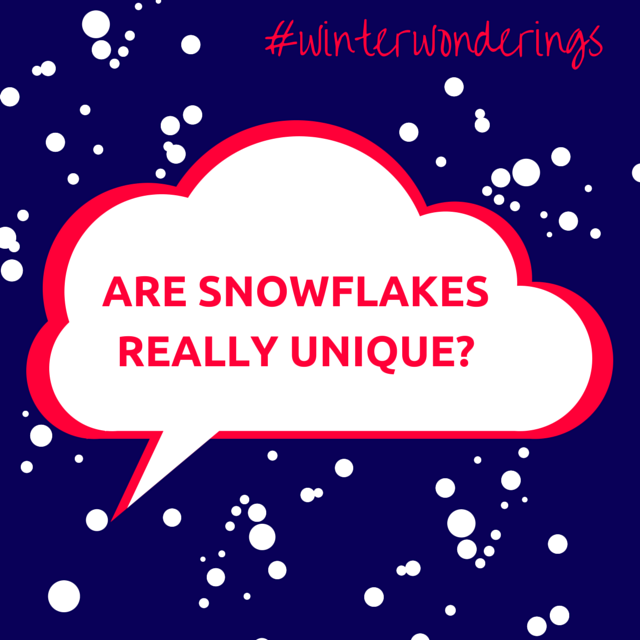Winter Wonderings – How Fast Does Santa Fly?
Continuing our series of #winterwonderings, Sam Gouldson asks the most important question – just HOW fast does Santa fly?
On Christmas Eve, Santa Claus must deliver gifts to over 300 million children around the globe. Thanks to the Earth’s rotation and international time zones he has about 31 hours to complete his mission, which means that he needs to travel at roughly 39,000 miles per minute.
It seems that Santa is better at engineering than we are, as that’s 3000 times the speed of sound, but just how fast is that compared to human vehicles?
The Hennessey Venom GT is currently the fastest road car in the world, reaching speeds of 270.49 mph. But at just 4.5 miles per minute that’s a tiny fraction of Santa’s speed.
The fastest aircraft is the Lockheed SR-71 Blackbird, which flies at top speeds of 2,193 mph, or 36.5 miles per minute. That’s still nowhere near Santa though.
The International Space Station orbits Earth at 17,200 mph, which is about 286.5 miles per minute. NASA’s Orion spacecraft reached speeds of 20,000 mph on its first test flight earlier this month, which is 333.3 mile per minute.
The fastest spacecraft ever built, the Helios probes, travelled towards the sun at 157,000 mph or 2616 miles per minute; that’s only one fifteenth the speed of Santa.
If Santa Claus wanted to travel the 34 million miles that separate Earth and Mars, he could do so in just 14.5 hours. As NASA estimates that it will take about 6 months for a manned flight to reach Mars, maybe they should ask Santa to help them with their spacecraft design…?
Winter Wonderings – Can It Really Be Too Cold for Snow?
Have you ever heard someone say that it is ‘too cold for snow?’, and wondered if this was true. Our Science Correspondent Samantha looks at the science behind this claim.
Winter Wonderings – Why Does Frost Make Patterns?
The third #winterwonderings post from our Science Correspondent, Samantha, we take a look at why frost makes patterns. Many countries have a mythical figure like Jack Frost, who draws in the ice and frost in winter, but what really causes these gorgeous natural designs.
Winter Wonderings – Are Snowflakes Really All Different?
It’s a common belief that no two snowflakes are the same, and in a way this is true. No snowflake can ever be completely identical to another, because when you get down to the molecular level they will have slightly different kinds of water molecules, different electrons and different traces of other materials such as specks of dust.
However, if we’re talking only about the appearance and shape of a snowflake, then yes it is possible that some will have duplicates. Snow crystals can vary from fairly simple, hexagonal structures to the more complex and delicate shapes that we commonly think of as snowflakes.
The simple flakes have far fewer molecules than their larger cousins and so it’s entirely possible that you could find two that appeared identical when viewed through a microscope. The more complex structures, however, can have more than a hundred different features and each feature can form in a number of different ways. This makes it highly unlikely that you would ever find two large snowflakes that looked the same – but you could have fun trying!
For a more detailed explanation of the science behind the forming of snowflakes, check out this video








